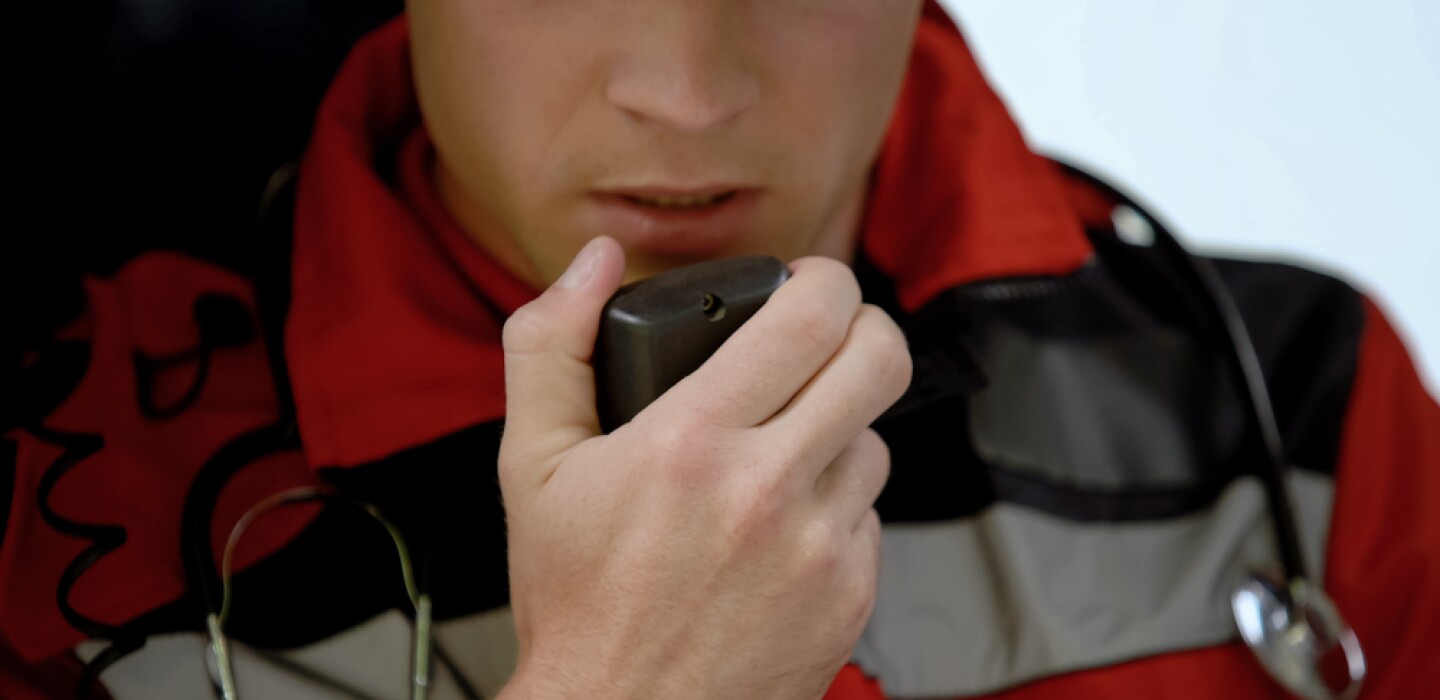
Public Safety Radio Communication Still ‘Problematic’
Even as FirstNet continues to grow — last July it reported 4.7 million users and 25,000 subscribing agencies — there are still plenty of jurisdictions where first responders’ communication is less than satisfactory because of aging, outdated equipment that’s in great need of expensive upgrades.
In a recent report from Verizon Frontline, 51 percent of the 2,000 first responders surveyed said that a reliable and resilient network was most important to them in their daily communication.
But many first responders still experience gaps in communication, even within agencies, that make answering calls dangerous.
Last year, an investigation by television station WBTV in Charlotte, N.C., revealed that police and fire in the city experienced radio dead zones in some areas, creating dangerous public safety situations. The investigation found that the local fire department has had repeated incidents of “major problems” with radio communication in a well-known mall, problems that had persisted, creating potentially dangerous situations.
“These radios are critical to saving lives,” Ross Pierson, CEO of Pierson Wireless told WBTV. Pierson is a Charlotte-based company that installs signal enhancement systems to improve coverage.
In Santa Fe, N.M., it is not uncommon for first responders to be answering a call and have the radio communication become unintelligible or even silent.
“At that point, the officer is pretty much left on his own to deal with the situation, and that’s a safety issue,” Santa Fe County, N.M., Sheriff Adan Mendoza told the Santa Fe New Mexican. “Communication is one of the most important aspects of public safety. That’s how we know where we need to be and what’s happening.”
Mendoza called the radio communication situation “problematic.”
Santa Fe County’s VHF radio system is near the end of its life, posing problems for first responders. The fire department has deployed “stopgaps” as it and other agencies await upgrades to the state’s system and a subsequent move onto that system. Firefighters there also can’t use their radios to talk to their counterparts from other agencies because they operate on different channels.
In the interim, the department will continue to use an app that sends 911 radio calls to cellphones, as well as 24-hour monitoring of the radio by department administrators so they can act when responders in the field can’t hear messages over the radio.


Average Rating